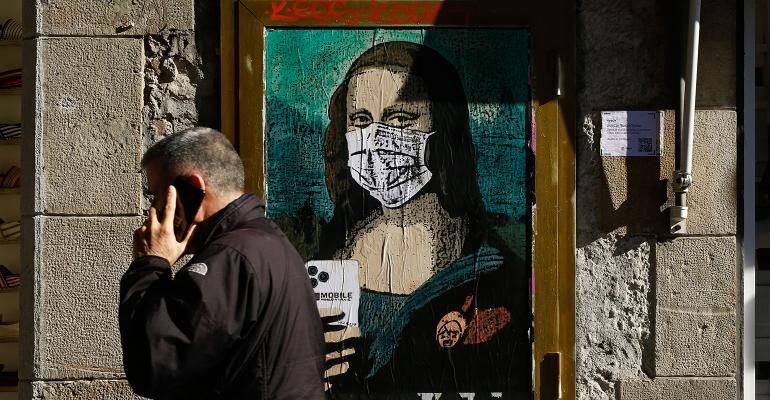Though often boilerplate language, force majeure clauses in contracts are seldom invoked unless for the occurrence of some sort of extraordinary event. The clause typically relieves both parties from liability or obligation to act in the event circumstances beyond the control of the parties occur. The COVID-19 pandemic, which brought the world to a near standstill in 2020, also made it difficult, if not impossible, for many businesses, including art businesses, to meet their contractual obligations. For example, art auctions came to a halt and art works in transit became stranded.
Since the world hasn’t seen a pandemic of this sort in modern times, the question of whether COVID-19 constitutes a “natural disaster” to invoke the force majeure clause quickly became an issue for courts to consider. One federal district court recently ruled that it does, at least in the context of the agreement between the parties.
JN Contemporary Art LLC v. Phillips Auctioneers LLC
Finding in favor of Phillips Auctioneers LLC (Phillips), Hon. Denise Cote of the U.S. District Court for the Southern District of New York dismissed JN Contemporary Art LLC’s complaint against Phillips, holding that:
(1) “[i]t cannot be seriously disputed that the COVID-19 pandemic is a natural disaster;” and
(2) Phillips, therefore, didn’t breach its consignment and guarantee agreement with JN Contemporary when it invoked the force majeure provision in the agreement to terminate the parties’ relationship.
The court’s categorization of the COVID-19 pandemic as a natural disaster enables similarly situated contracting parties, who are unable to (partially or fully) perform their obligations under an agreement, to invoke the force majeure provision in the agreement to potentially walk away from their contractual obligations and terminate the parties’ relationship.
Under New York and English law, whether a party can invoke force majeure to be protected from liability for failing to, partially or fully, perform their contractual obligations will depend on the wording of the provision in the contract addressing force majeure, if there is one. This decision underscores the importance of paying close attention to the fine print, as it can, and often does, impact a business’s bottom line.
Broader Definition
The most interesting aspect of the decision is the court’s categorization of COVID-19 as a natural disaster. By not limiting its categorization to terms such as a “pandemic,” “infectious disease,” “epidemic” or “public health crisis,” Judge Cote has arguably made it easier for parties to rely on the force majeure provisions in their agreements, even when such agreements may not contain the “right buzz words.” It remains to be seen whether the 2nd Circuit will affirm this decision and, if so, on what grounds. The business community will closely monitor this appeal, as its outcome will have serious implications well beyond the facts of this case and the art trade.
Going forward, terms such as “pandemic,” “epidemic” and “infectious disease(s)” will likely appear as examples of a force majeure event in contracts, and parties are likely to engage in negotiations over the wording of force majeure clauses.
Force majeure doesn’t have a default legal meaning under English or New York law. In the United States and in England, unlike in some Continental European countries, force majeure can’t be invoked unless the contract includes a force majeure clause, and whether a party can invoke force majeure to either terminate a contract or protect themselves against a claim of breach of contract depends strictly on the wording of the clause. Force majeure won’t come to your rescue if the contract doesn’t contain a force majeure clause or if the wording of the clause doesn’t allow the courts to consider the pandemic as being within its scope. Both English and New York courts often construe and interpret force majeure clauses in a restrictive manner and infer limitations in such clauses.
*This article is an abbreviated summary of “Force Majeure Clause Nullifies Consignment Agreement,” which appeared in the April 2021 issue of Trusts & Estates.





